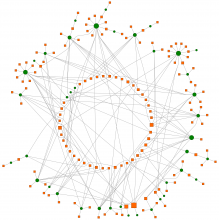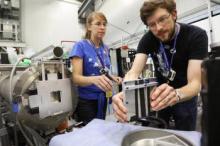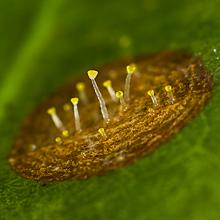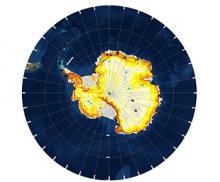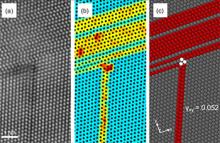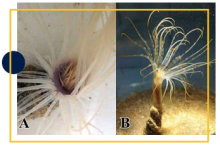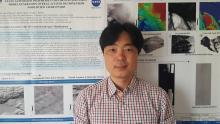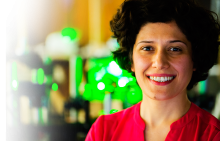Ecological Networks
With a focus on plant and pollinator species, Colin Campbell, associate professor of physics at the University of Mount Union, studies how these groups interact with one another. Some interactions are mutualistic, where both species benefit, but other interactions are only beneficial for one species.
